1966
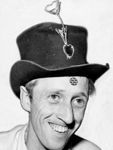
Stewart Brand hosts Trips Festival with Ken Kesey.

Bob Taylor convinces ARPA chief Charles Herzfeld to fund ARPANET.
Donald Davies coins the term packet switching.
1967
ARPANET design discussions in Ann Arbor and Gatlinburg.
1968

Larry Roberts sends out request for bids to build the ARPANET’s IMPs.
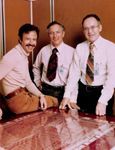
Noyce and Moore form Intel, hire Andy Grove.

Brand publishes first Whole Earth Catalog.
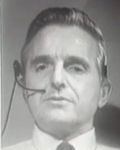
Engelbart stages the Mother of All Demos with Brand’s help.
1969
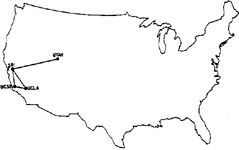
First nodes of ARPANET installed.
1971
Don Hoefler begins column for Electronic News called “Silicon Valley USA.”
Demise party for Whole Earth Catalog.
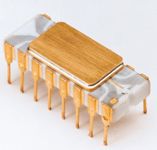
Intel 4004 microprocessor unveiled.

Ray Tomlinson invents email.
1972

Nolan Bushnell creates Pong at Atari with Al Alcorn.
1973
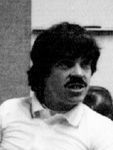
Alan Kay helps to create the Alto at Xerox PARC.
Ethernet developed by Bob Metcalfe at Xerox PARC.

Community Memory shared terminal set up at Leopold’s Records, Berkeley.
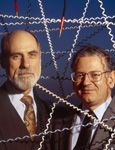
Vint Cerf and Bob Kahn complete TCP/IP protocols for the Internet.
1974
Intel 8080 comes out.
1975
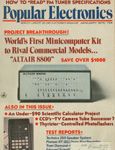
Altair personal computer from MITS appears.
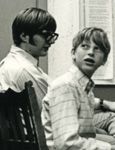
Paul Allen and Bill Gates write BASIC for Altair, form Microsoft.
First meeting of Homebrew Computer Club.
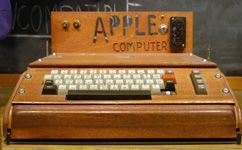
Steve Jobs and Steve Wozniak launch the Apple I.
1977
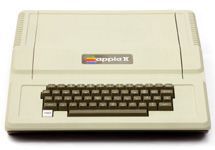
The Apple II is released.
1978
First Internet Bulletin Board System.
1979
Usenet newsgroups invented.
Jobs visits Xerox PARC.
1980
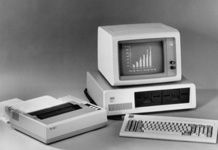
IBM commissions Microsoft to develop an operating system for PC.
1981
Hayes modem marketed to home users.
1983

Microsoft announces Windows.

Richard Stallman begins developing GNU, a free operating system.
1984
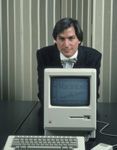
Apple introduces Macintosh.
1985

Stewart Brand and Larry Brilliant launch The WELL.
CVC launches Q-Link, which becomes AOL.
1991

Linus Torvalds releases first version of Linux kernel.

Tim Berners-Lee announces World Wide Web.
1993

Marc Andreessen announces Mosaic browser.
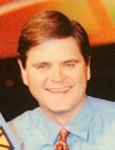
Steve Case’s AOL offers direct access to the Internet.
1994

Justin Hall launches Web log and directory.
HotWired and Time Inc.’s Pathfinder become first major magazine publishers on Web.
1995
Ward Cunningham’s Wiki Wiki Web goes online.
1997

IBM’s Deep Blue beats Garry Kasparov in chess.
1998
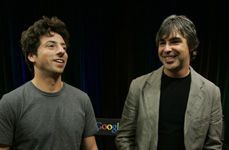
Larry Page and Sergey Brin launch Google.
1999
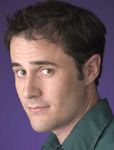
Ev Williams launches Blogger.
2001

Jimmy Wales, with Larry Sanger, launches Wikipedia.
2011

IBM’s computer Watson wins Jeopardy!
INTRODUCTION
HOW THIS BOOK CAME TO BE
The computer and the Internet are among the most important inventions of our era, but few people know who created them. They were not conjured up in a garret or garage by solo inventors suitable to be singled out on magazine covers or put into a pantheon with Edison, Bell, and Morse. Instead, most of the innovations of the digital age were done collaboratively. There were a lot of fascinating people involved, some ingenious and a few even geniuses. This is the story of these pioneers, hackers, inventors, and entrepreneurs—who they were, how their minds worked, and what made them so creative. It’s also a narrative of how they collaborated and why their ability to work as teams made them even more creative.
The tale of their teamwork is important because we don’t often focus on how central that skill is to innovation. There are thousands of books celebrating people we biographers portray, or mythologize, as lone inventors. I’ve produced a few myself. Search the phrase “the man who invented” on Amazon and you get 1,860 book results. But we have far fewer tales of collaborative creativity, which is actually more important in understanding how today’s technology revolution was fashioned. It can also be more interesting.
We talk so much about innovation these days that it has become a buzzword, drained of clear meaning. So in this book I set out to report on how innovation actually happens in the real world. How did the most imaginative innovators of our time turn disruptive ideas into realities? I focus on a dozen or so of the most significant breakthroughs of the digital age and the people who made them. What ingredients produced their creative leaps? What skills proved most useful? How did they lead and collaborate? Why did some succeed and others fail?
I also explore the social and cultural forces that provide the atmosphere for innovation. For the birth of the digital age, this included a research ecosystem that was nurtured by government spending and managed by a military-industrial-academic collaboration. Intersecting with that was a loose alliance of community organizers, communal-minded hippies, do-it-yourself hobbyists, and homebrew hackers, most of whom were suspicious of centralized authority.